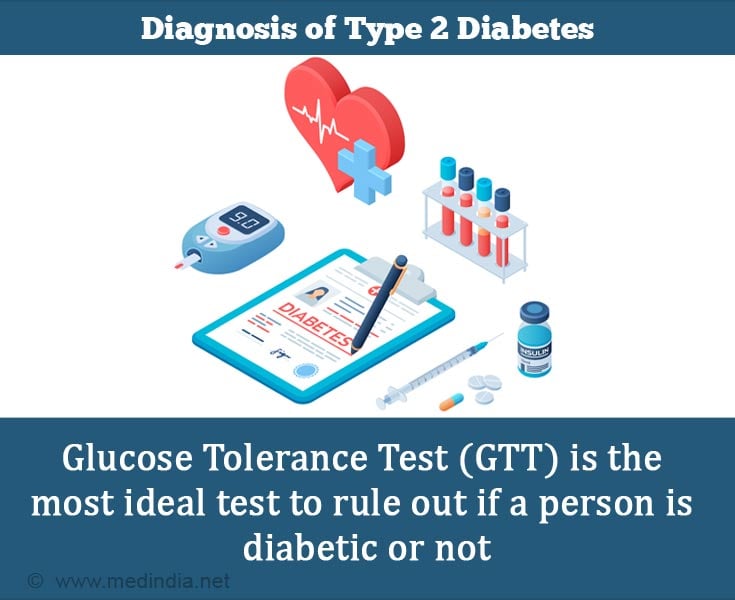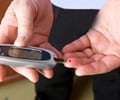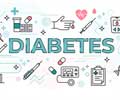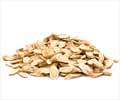Diagnosis
Majority of the people do not exhibit the typical ‘symptoms and signs’ of diabetes and are unaware of its existence until complications set in.
Early diagnosis of type 2 diabetes leads to early treatment which prevents damage to body organs.
Diagnosis must be carried out by testing venous blood samples and not urine samples. A Glucose Tolerance Test (GTT) is the most ideal test to rule out if a person is diabetic or not.
Glucose Tolerance Test (GTT)
- The person must be on a regular routine of exercises, diet
- Blood is drawn after a fasting period of at least 8 hours
- After the initial blood collection, 75 gms of anhydrous glucose dissolved in water is given orally
- The person must rest through the test and must not smoke in between
- Blood is drawn for testing again after two hours of glucose ingestion
The diagnostic values are given below:
Diabetes Mellitus
Fasting >/= 110
2 hrs after glucose load >/= 180
Impaired Glucose Tolerance (IGT)
Fasting -<110
After glucose load ->=120/ &<180
These patients will have other complications such as hypertension, obesity and lipid disorders

Impaired fasting glycemia
Fasting >/=100 & <110
In this case only the fasting test may be carried out.
Management and Prevention
Diabetes mellitus type 2 is a disease that has serious implications. It has the potential to damage body organs such as the eyes, kidneys and the heart.
However it may be heartening to know that the disease can be largely managed by a conscious change in a person’s lifestyle which mainly comprises of regular exercises and healthy eating.
Regular exercising for 30 min/day, 5 times a week, is known to bring about a dramatic reduction in the glycemic level (even without weight loss) besides reducing visceral adipose tissues and plasma triglyceride levels.
However cholesterol levels can not be reduced or brought under control through exercises.
Individuals with pre diabetes exhibit the following:
- Increased plasma glucose levels in the fasting state and after an oral glucose load (glucose intolerance)
- Overweight /Obesity especially due to a sedentary lifestyle
Modifying the risk factors through lifestyle- intervention programs, combined with the administration of drugs such as Metformin, plays a huge role in preventing or delaying the onset of diabetes.
Lifestyle intervention programs to control type 2 diabetes are:
Weight loss- This can be brought about by physical activity and a low fat, high fiber diet. Using Body mass index (BMI) can help to find out if a person is underweight, normal weight, overweight or obese. BMI is a measure of body weight in comparison to height.
BP and cholesterol control- BP and cholesterol must be controlled by regular exercising, proper diet and medications.

Stress management –Stress may not directly bring about diabetes, but it has the ability to aggravate the risk in a predisposed person. Therefore stress must be always kept in check for a more healthy life.
Regular monitoring- Regular monitoring of blood glucose levels is essential in controlling the disease.

























